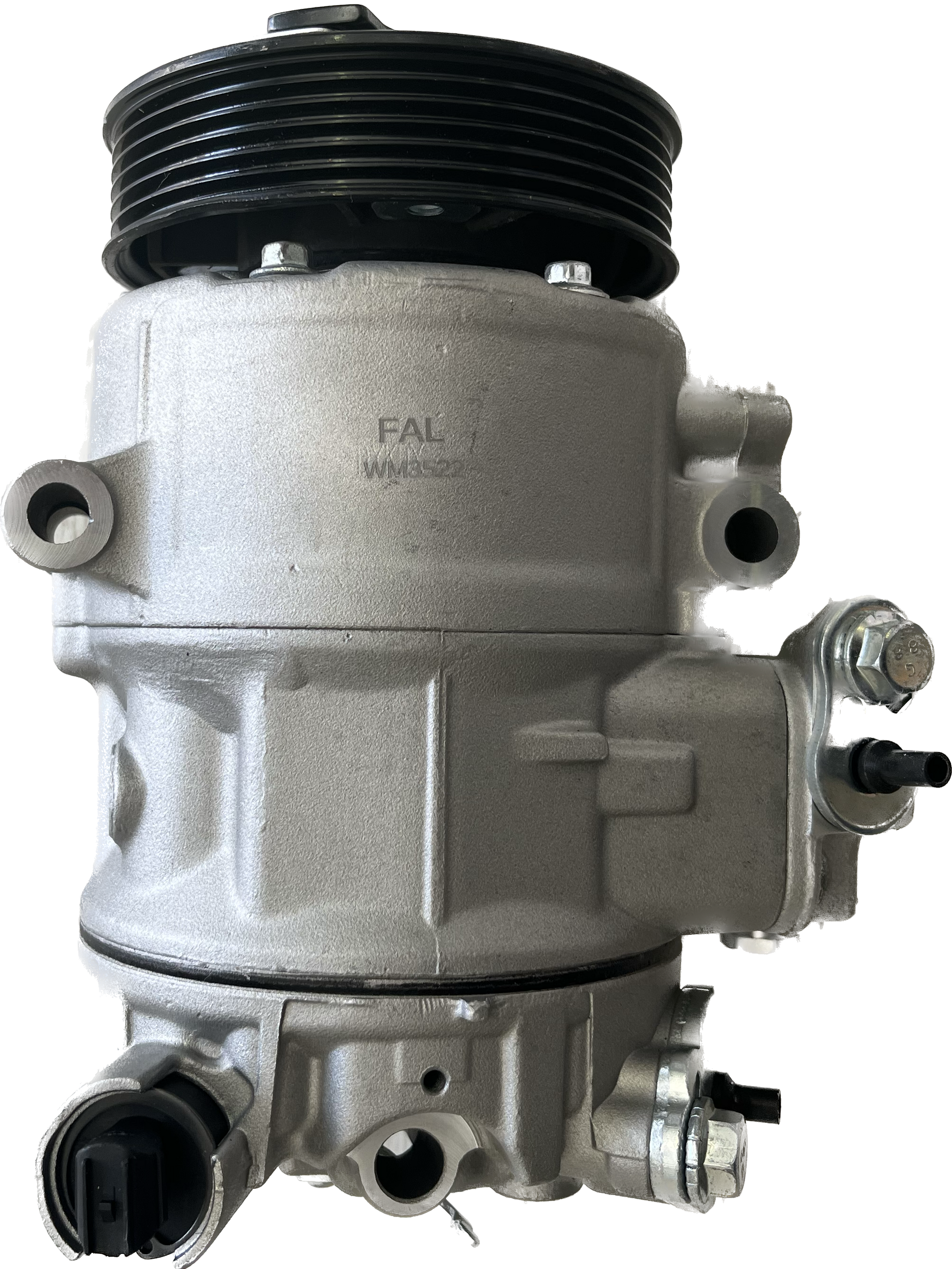Exactly How a Clp Engine Can Improve Performance in Various Industries
The development of CLP engines notes a significant shift in functional effectiveness across various sectors, driven by their capability to maximize fuel usage and minimize downtime. As organizations progressively focus on sustainability along with performance, the duty of CLP engines becomes even much more critical.
Overview of CLP Engines
CLP engines, or Continual Fluid Propellant engines, represent a considerable improvement in propulsion innovation, particularly for room applications. These engines make use of a continuous feed system that permits the continual expulsion of propellant, causing enhanced efficiency and efficiency compared to traditional strong or hybrid propulsion systems. By maintaining a consistent flow of fluid propellant, CLP engines can achieve more exact thrust control, which is essential for steering spacecraft in numerous objective scenarios.
The layout of CLP engines integrates advanced products and innovative gas administration systems. clp engine. This leads to decreased weight and raised dependability, important variables for long-duration area missions. Moreover, the continuous procedure decreases the threat of combustion instability, an usual difficulty in standard rocket engines.

Advantages in Production
The production of Constant Liquid Propellant (CLP) engines provides several noteworthy benefits that improve both effectiveness and cost-effectiveness. Among the key advantages is the streamlined production procedure, which minimizes the intricacy related to standard propulsion systems. By using liquid propellant, manufacturers can attain better precision in engine performance, leading to maximized power outcome and decreased waste.
Additionally, CLP engines promote a greater degree of modularity, allowing for less complicated combination into different manufacturing lines. This flexibility can dramatically reduce lead times and boost general functional versatility. Using CLP technology likewise tends to lessen the demand for considerable upkeep due to fewer relocating components, which translates right into minimized downtime and operational prices.

Applications in Logistics
Leveraging Constant Liquid Propellant (CLP) engines in logistics uses considerable benefits in operational effectiveness and dependability. These engines supply a durable option for numerous transport demands, making it possible for the smooth activity of items throughout huge ranges. The integral layout of CLP engines permits regular power outcome, which equates into smoother and more predictable transport timetables.
Among the crucial applications of CLP engines in logistics is in heavy-duty products transportation, where they can drive both ground and aerial vehicles. Their capacity to preserve high efficiency under differing lots conditions guarantees that delivery timelines are fulfilled, thus boosting client satisfaction. Additionally, CLP engines can this contact form be incorporated into automated logistics systems, promoting real-time tracking and enhancing course preparation.
Furthermore, the resilience of CLP engines decreases upkeep downtime, permitting logistics business to maximize their operational capabilities. This is especially advantageous in warehousing operations, where performance in taking care of and transferring goods is vital. As logistics continues to develop, the integration of CLP engines represents a forward-thinking technique that not just boosts efficiency but likewise supports the industry's growing demands for integrity and rate.
Influence on Energy Performance
How do Continual Fluid Propellant (CLP) engines boost energy performance in transportation? CLP engines use a consistent flow of fluid fuel, maximizing combustion processes and preserving a secure thrust outcome. This layout reduces power losses connected with typical combustion engines, where fuel distribution can differ and result in ineffectiveness.
The continual operation of CLP engines enables an extra reliable thermal cycle, causing greater particular impulse contrasted to standard engines. clp engine. This translates to decreased fuel usage for the very same quantity of job done, significantly decreasing operational expenses across different transport fields, consisting of aviation and maritime industries
Furthermore, the capability of CLP engines to keep optimal performance under varying load conditions decreases the need for regular acceleration and deceleration, even more improving fuel effectiveness. Boosted power effectiveness not just adds to cost savings however also results in lower greenhouse gas emissions, aligning with worldwide sustainability goals.
Future Trends and Innovations
Emerging advancements in Continuous Fluid Propellant (CLP) engine modern technology assurance to change the landscape of transport effectiveness and sustainability. As industries pivot toward greener options, CLP engines stand at the leading edge, integrating innovative products and style methods that enhance performance while decreasing ecological effect.
Among the most appealing fads is the adoption of hybrid systems that incorporate CLP engines with renewable resource resources. This harmony can enhance gas Find Out More intake and minimize discharges, aligning with international sustainability goals. Moreover, innovations in computational liquid dynamics (CFD) are promoting the style of even more aerodynamically effective engines, leading to lowered drag and enhanced gas effectiveness.
Additionally, the growth of smart surveillance systems is set to improve functional effectiveness. These systems utilize data analytics and IoT innovation to maximize engine efficiency in real-time, guaranteeing that the engines run within their most efficient specifications.
As study continues to discover alternative propellant formulas-- such as biofuels and synthetic gas-- the future of CLP engines looks promising. By taking advantage of these innovations, markets can not just boost their efficiency however additionally add significantly to a cleaner, extra sustainable future see post in transport.
Verdict
In conclusion, CLP engines represent a substantial advancement in efficiency across several sectors. Their capacity to optimize gas intake and minimize functional prices, combined with a continuous feed system, improves power outcome and operational dependability. The assimilation of advanced materials and fewer relocating components lessens upkeep needs, while placement with sustainability objectives placements CLP engines as a pivotal innovation for the future. Continued development in this field assures further improvements in efficiency and environmental efficiency.
Comments on “Depend on a premium clp engine for heavy-duty use.”